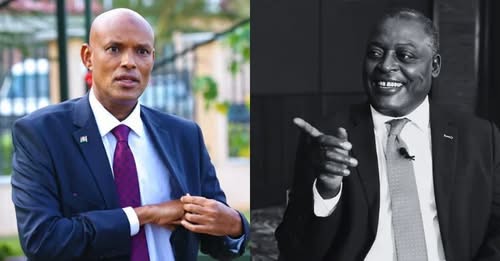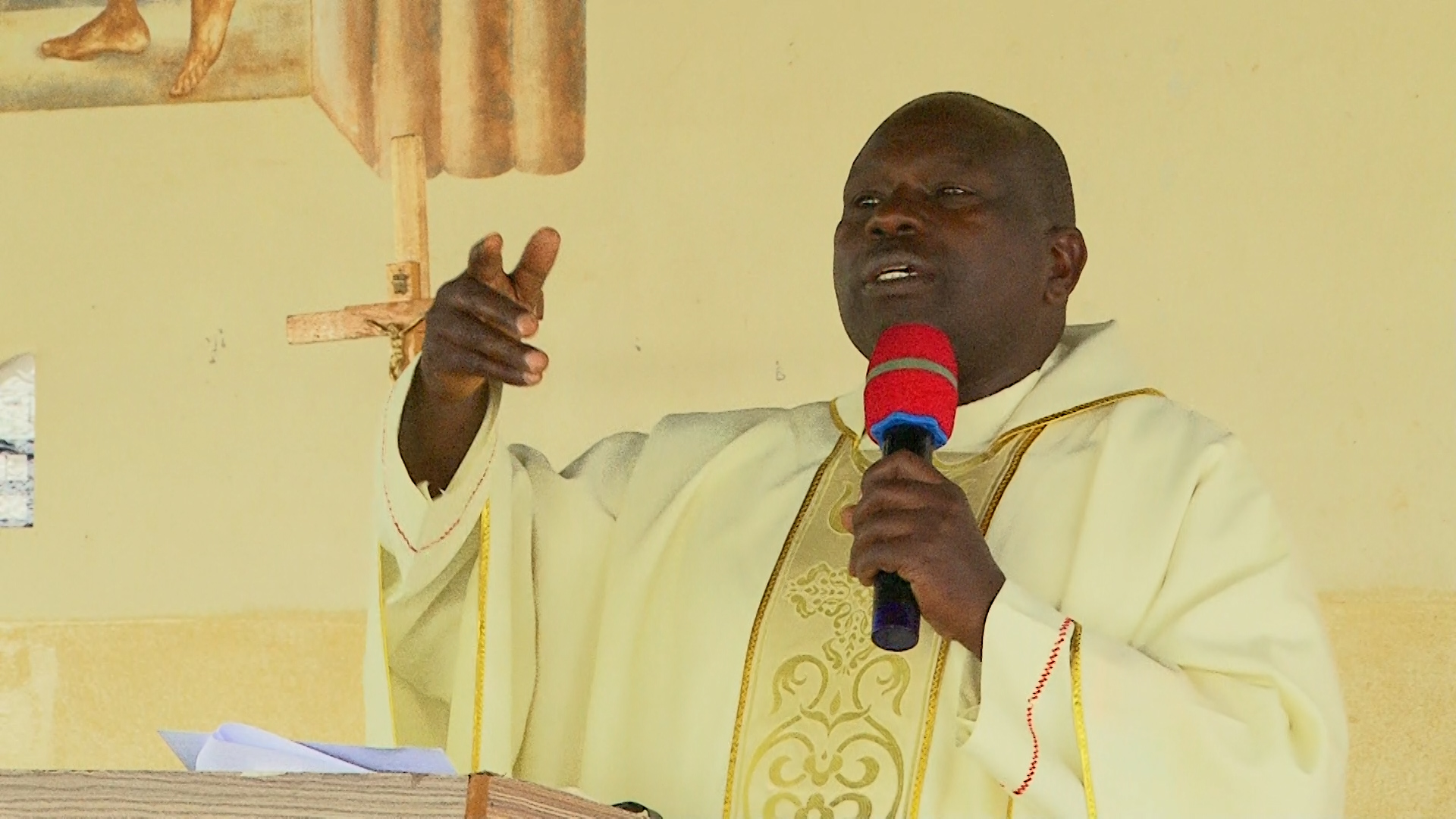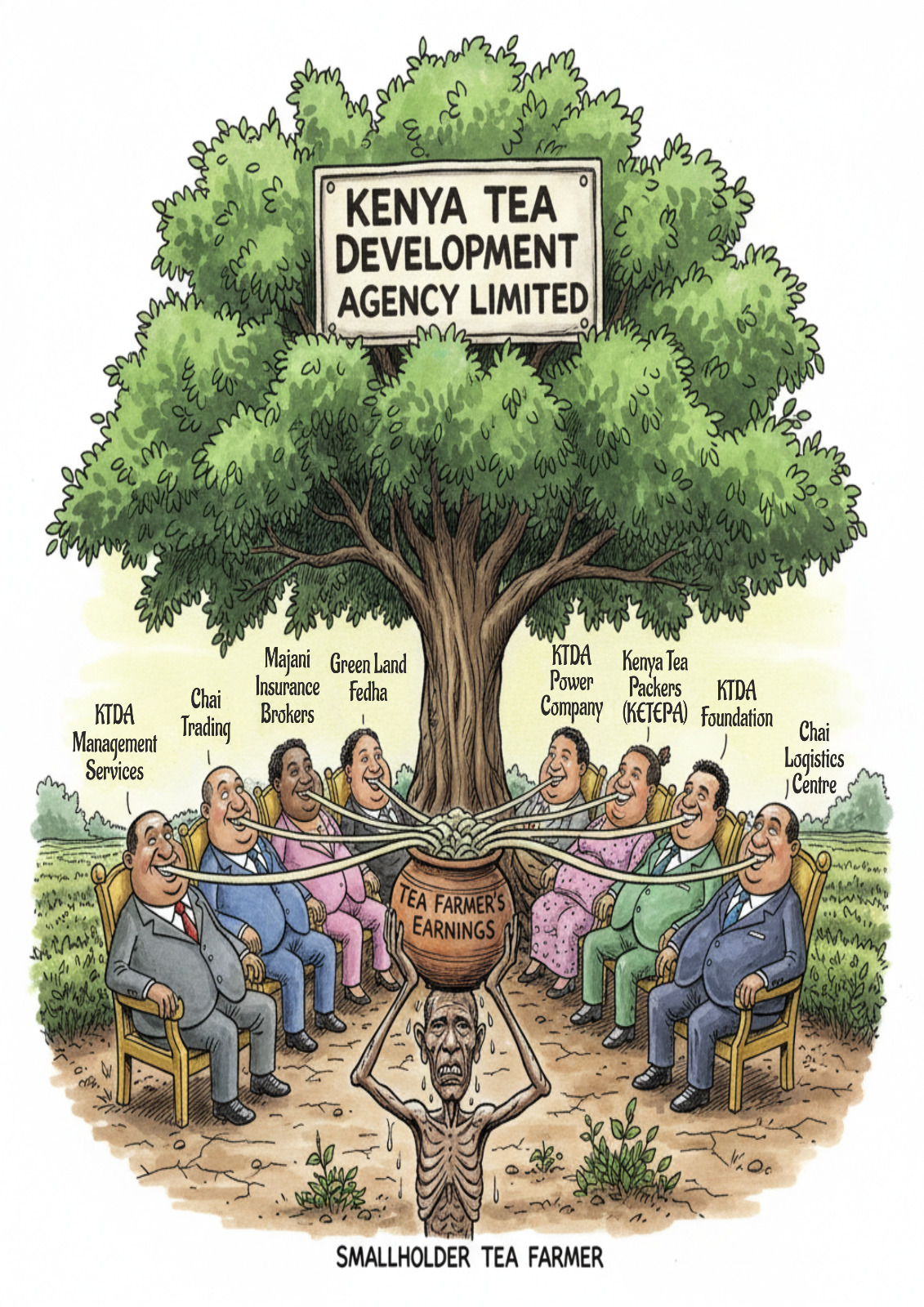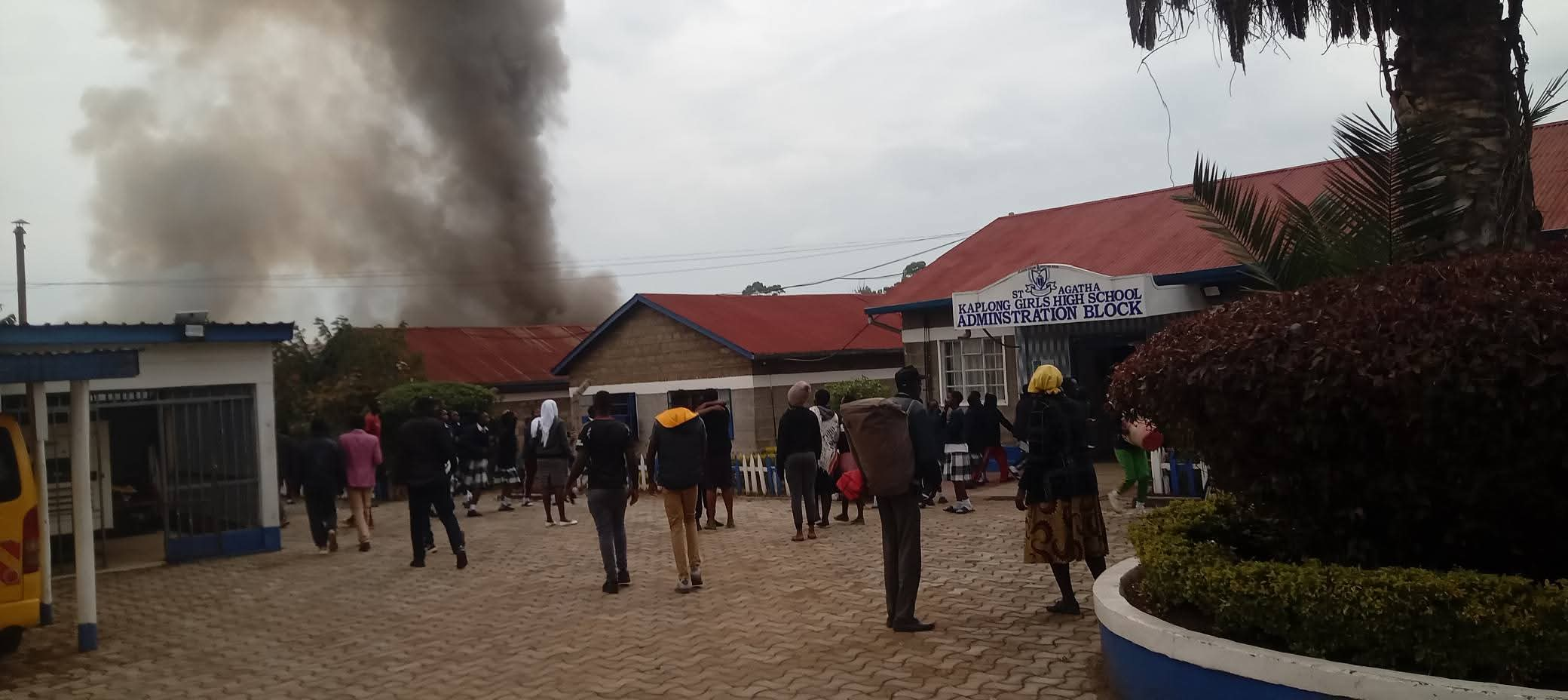The Shadow of Colonialism in Kenya’s Education System: Perpetuating Class Divisions and the Quest for True Liberation

When Kenya gained independence in 1963, the nation inherited more than just a flag and an anthem. It inherited a colonial education system meticulously designed to stratify society, suppress African identity, and serve British economic interests. Decades later, the ghosts of this system linger, not as relics of the past but as active architects of inequality. Today, Kenya’s schools are categorized into National, County, Sub-County, and Harambee institutions—each tier mirroring the colonial class hierarchy, each perpetuating a cycle of privilege and marginalization. This article explores how colonial-era divisions were adopted and amplified by Kenya’s post-independence elite, creating a society where the quality of a child’s education hinges not on potential, but on the accident of birth.
Colonial Foundations: Education as a Tool of Division
Under British rule, education in Kenya was never meant to liberate. Missionary schools, the precursors to formal colonial education, focused on producing clerks, catechists, and low-level administrators to prop up the colonial economy. Africans were taught to read the Bible and obey orders, not to question or lead. The few "prestigious" schools, like Alliance High School (founded in 1926), were reserved for the sons of chiefs loyal to the British, creating a small elite class severed from their cultural roots.
The British institutionalized a two-tier system:
1. "Schools for Settlers": European children attended well-funded boarding schools with sprawling campuses, laboratories, and sports facilities.
2. "Schools for Natives": African students were crammed into overcrowded classrooms, taught basic literacy, and trained for manual labor.
This division was deliberate. As former colonial administrator Charles Eliot once remarked, “The African must be taught to work, not to think.”
Independence Betrayed: The African Elite as New Colonialists
At independence, Kenya’s leaders faced a choice: dismantle the colonial system or exploit it. Tragically, they chose the latter. The new African elite—products of missionary and colonial schools—admired the very structures that had oppressed them. They saw the colonial class system not as a shackle but as a ladder.
Jomo Kenyatta’s government rebranded colonial schools into a hierarchy still intact today:
- National Schools: Formerly European-only institutions, now Kenya’s Ivy League. With manicured lawns, advanced labs, and exclusive admissions, they cater to the wealthy and connected.
- County Schools: Mid-tier, often former Asian schools, offering modest resources.
- Sub-County and Harambee Schools: Underfunded, overcrowded, and reliant on community donations—akin to colonial-era "native schools."
These tiers receive wildly unequal funding. In 2023, National Schools like Kenya High or Mang’u received up to Ksh 50,000 per student annually from the government, while Harambee Schools in rural areas scraped by on less than Ksh 10,000. Yet all students sit the same national exams—KCPE and KCSE—a farcical “equalizer” that masks systemic injustice.
The Human Cost: A Parent’s Desperation, A Child’s Shame
In Nairobi’s affluent suburbs, parents pay bribes of up to Ksh 500,000 to secure National School slots. In villages, families sell livestock to buy textbooks for schools with leaking roofs. The obsession with National Schools isn’t just about education—it’s about survival in a society where your school’s “tier” defines your future.
Caroline (not her real name), a mother in Kibera, recounts:
“My son scored 380 in KCPE, but we couldn’t afford Alliance. He joined a Sub-County school. Now he hides his uniform, ashamed. His friends call him ‘mshamba’ [villager]. He says, ‘Mum, why did God make me poor?’”
The class system sears itself into children’s identities. Students from Harambee Schools internalize labels like “weak” or “failures,” while National School pupils flaunt blazers as badges of superiority. This hierarchy echoes the colonial “house Negro” vs. “field Negro” divide—a trauma repackaged for modern Kenya.
Curriculum as Colonial Continuity
The injustice extends beyond infrastructure. Kenya’s curriculum remains a monument to mental colonialism:
- History: Students memorize the “exploits” of British imperialists while heroes like Mekatilili wa Menza or Koitalel arap Samoei are footnotes.
- Language: English dominates, despite Kiswahili being the language of liberation. A child in Turkana is punished for speaking Turkana but praised for broken English.
- Religion: Subjects like Christian Religious Education (CRE), Islamic Religeous Education (IRE) and Hindu studies are given prominence, erasing indigenous spirituality.
Meanwhile, practical skills like agriculture—critical for Kenya’s economy—are sidelined as “optional.” A student in Bungoma quipped, “We learn about the Industrial Revolution but not how to grow drought-resistant maize.”
The New Colonizers: How Kenya’s Elite Perpetuate the Crisis
Kenya’s post-independence leaders didn’t just inherit a system—they weaponized it. National Schools became citadels of privilege, their alumni dominating politics, business, and media. Former President Uhuru Kenyatta (St Marys), opposition leader Raila Odinga (Maranda High) and President William Ruto (Kapsabet High) exemplify this neocolonial aristocracy.
A prominent Kenyan scholar, argues:
“Our elites are addicted to colonial respectability. They send their kids to National Schools to ‘civilize’ them, then lecture the poor about ‘hard work.’ It’s hypocrisy dressed in a tailored suit.”
This class apartheid is bankrolled by taxpayers. A tea farmer in Kericho contributes to a system that excludes her grandchildren. Meanwhile, National Schools host “international” trips and robotics clubs, amenities unimaginable in drought-stricken regions like Turkana.
Breaking the Chain: Pathways to Liberation
Decolonizing Kenya’s education system requires bold, systemic action:
1. Equitable Funding: Abolish the National-County-Harambee hierarchy. All schools should receive equal per-child funding, weighted for poverty levels. Redirect resources to rebuild crumbling classrooms in marginalized regions.
2. Curriculum Revolution:
- Teach African History: Center pre-colonial civilizations, Mau Mau resistance, and post-independence struggles.
- Promote Kiswahili and Mother Tongues: Adopt Tanzania’s model, where Kiswahili unites without erasing ethnic languages.
- Replace Religious studies such as CRE with Ethics: Teach universal values while respecting religious diversity.
3. Dismantle Boarding School Elitism: Convert National Schools into day institutions, integrating students across class lines. Japan’s standardized public school system proves excellence needn’t be exclusive.
4. Community-Led Reform: Involve parents, elders, and students in curriculum design. Revive indigenous knowledge, like storytelling under trees or farming cooperatives.
5. Accountability for the Elite: Impose a “privilege tax” on alumni of top-tier schools to fund scholarships for disadvantaged students.
Reclaiming the Future
Kenya’s education system is a mirror reflecting the nation’s soul. To shatter colonial legacies, Kenyans must confront uncomfortable truths: that independence was never a finish line, and that true liberation begins in the classroom. As Nobel laureate Prof. Wangari Maathai once said, “You cannot enslave a mind that knows itself.” For Kenya’s children to walk tall—proud of their languages, histories, and names—the walls of colonial hierarchy must fall. Only then will the words of the national anthem ring true: “Let all with one accord, in common bond united, build this our nation together.”
The writer is an Advocate of the High Court of Kenya and a political analyst







Comments (0)
No comments yet. Be the first to comment!